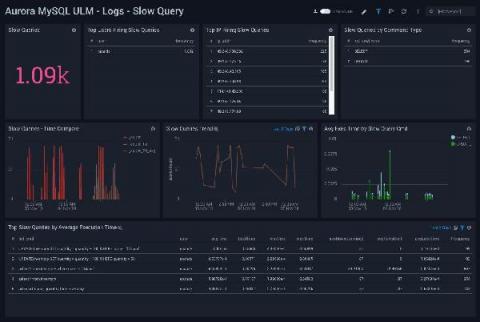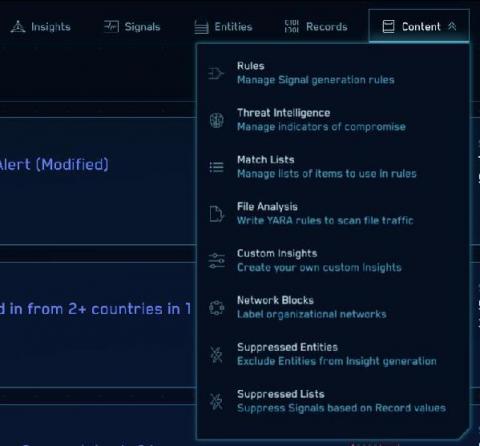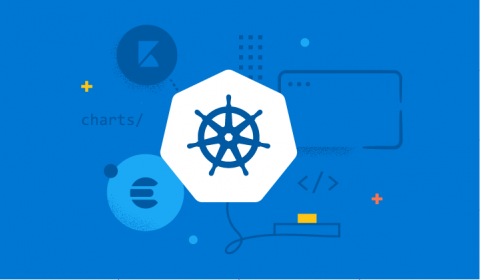Smoothing the Bumps of Onboarding Threat Indicators into Splunk Enterprise Security
This blog is part two of Splunk's Sunburst Backdoor response aimed at providing additional guidance to our customers (you can read part one, "Using Splunk to Detect Sunburst Backdoor," by Ryan Kovar). In this blog, we’ll cover how to ingest threat indicators to combat Sunburst Backdoor in Splunk Enterprise Security (ES).










